I did a big mistake and damage an electronic coil in my PCB. The only information I did have is the coil itself! There are two identical coil in it.
This is my PCB. It is the UCD-210M.
This is the broke coil

And this is the another good one in PCB.

Click this link to see more images.
So, what you can see is the three colors (clockwise):
- Red
- Violet
- Yellow
This page show how to identify this colors. But it don't show the value of every color, maybe for every series, it change the value. I don't know what is the 1st or 2nd color dots, so I have this:
- 1st (Yellow) - 2nd (Violet) - 3rd (red)
Luckily it has this exact configuration, so it give 4700 nH
- 1st (Violet) - 2nd (Yellow) - 3rd (red)
It don't show the values…
Edit…
The manufacture finally answer the mail. It is a coil of 4.7 µH. He don't give any other detail.
Everyone was correct. But… The second problem: can any 4.7 µH coil work for it? The size of my coil is: 2.63mm x 2.35mm (I measure it with a digital calipers). So, with this size, I get this list.
I am really afraid about it because all other electronic details. No model look like visually equal to mine. The best option in this list is the 0603PS-472KLB because it size. But if I buy it, will be a trial and error…
So the question is still the same:
Because I have a good one, I can use some tool to measure its value and electric details. What tools is it?
And how can I identify the exactly manufacture of this piece? If I use a generic one, can it cause problem? Maybe I can get this piece from another device, what kind of device use the same coil?
